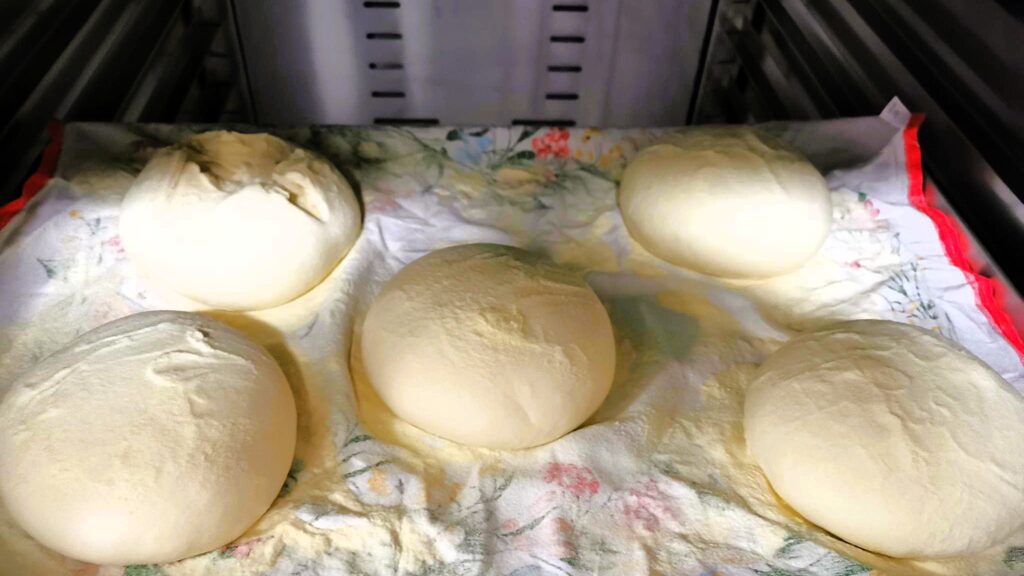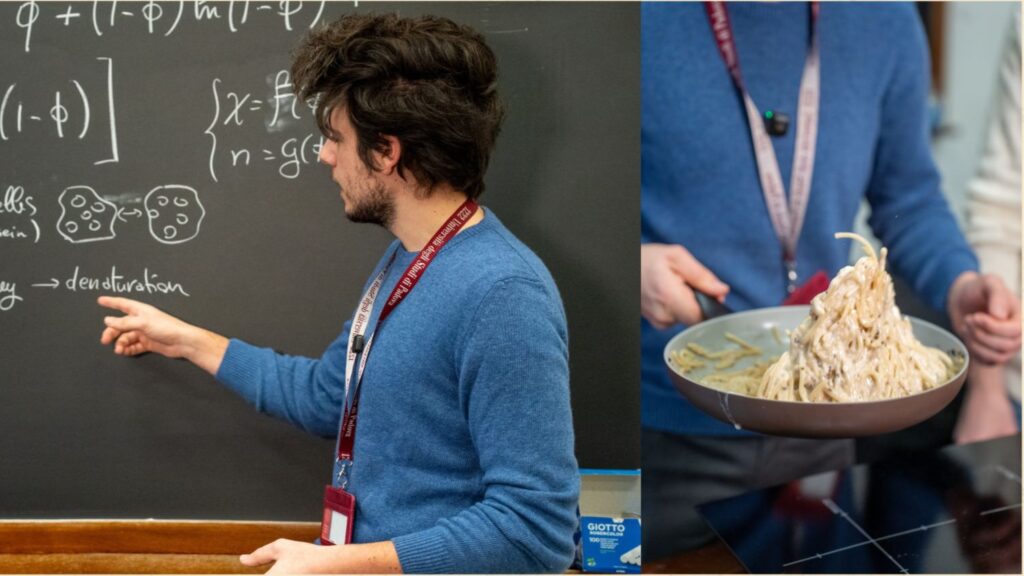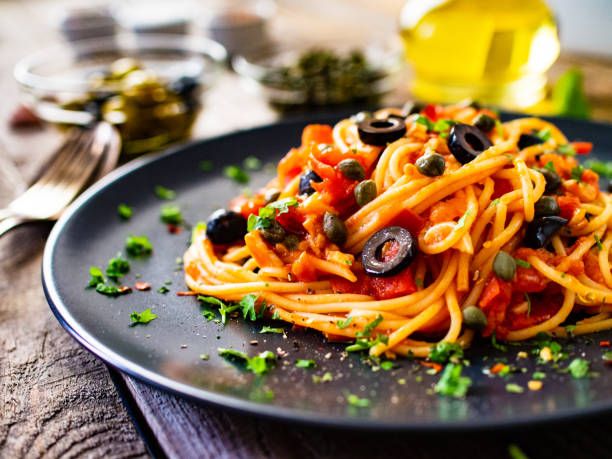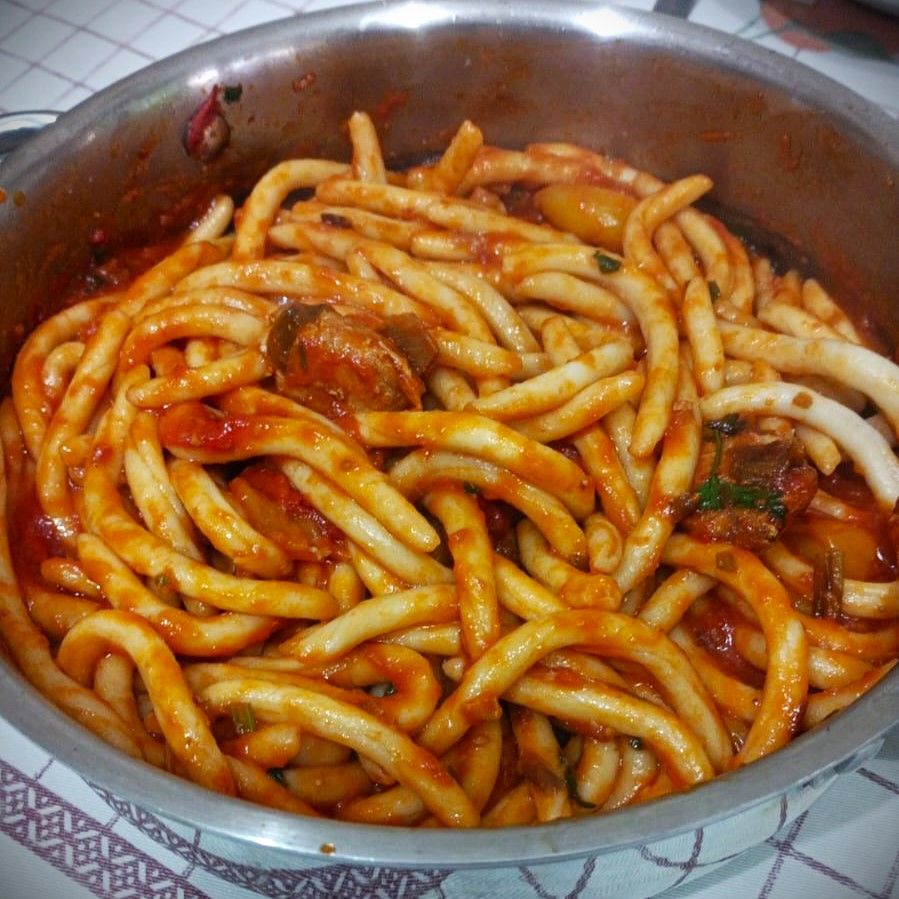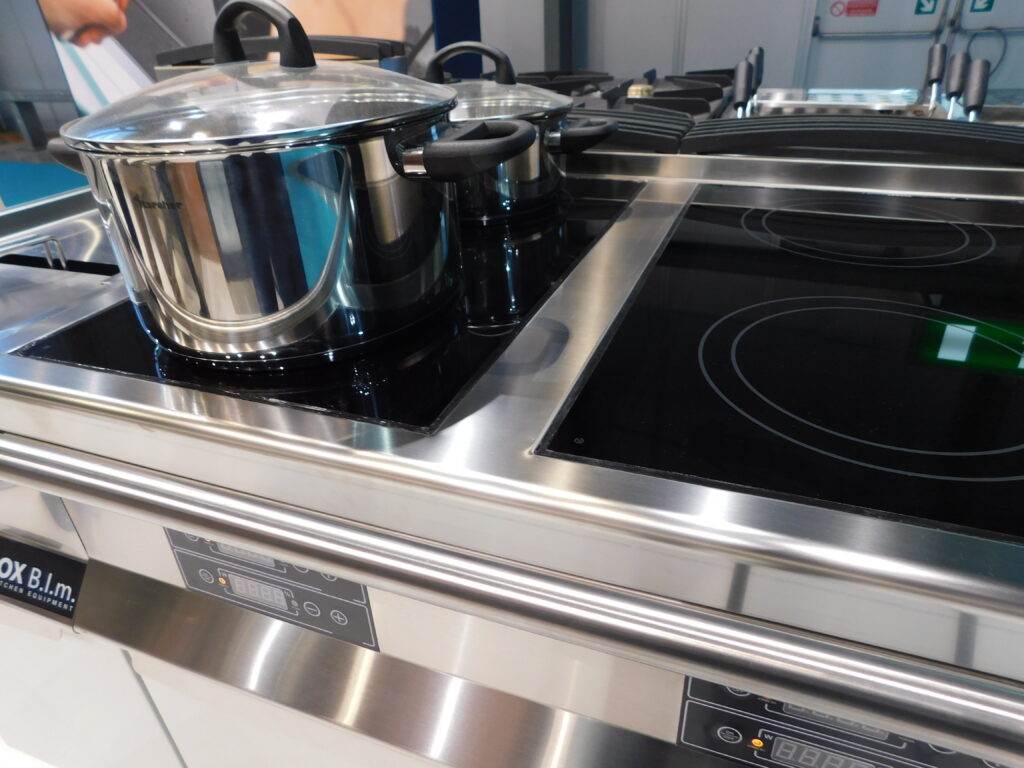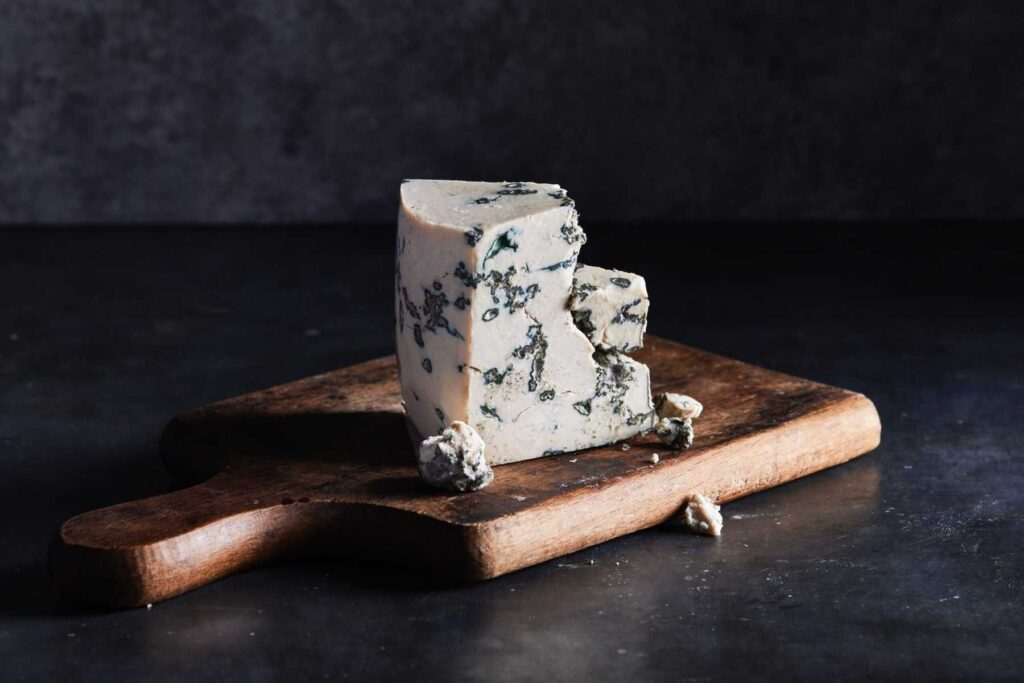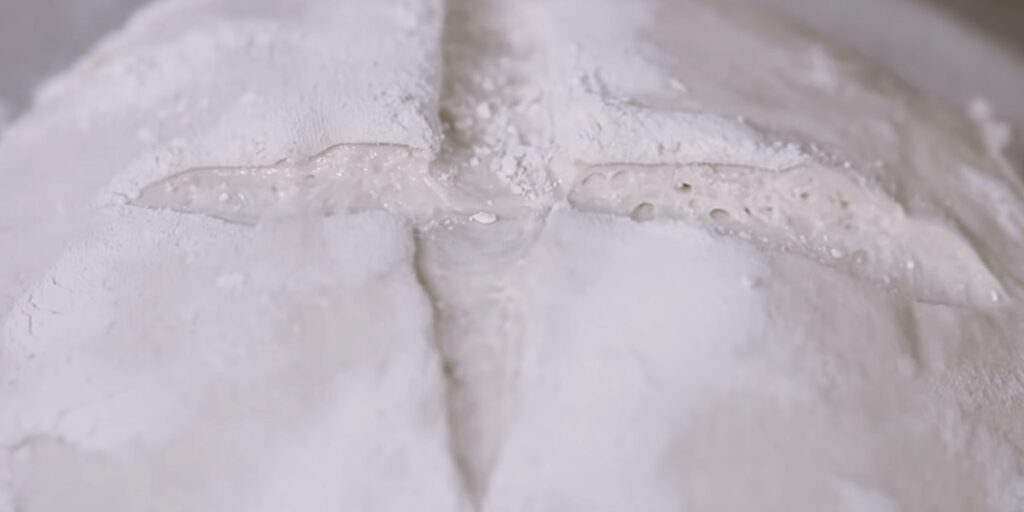If you’re into cooking (either as a hobby or for work) you probably cook with a bain-marie on occasion.
But have you ever wondered why it is called like that?
Probably not. And that’s absolutely normal, I’d say.
But, considering we’re into the topic now…
It is named after Mary the Jewess, an alchemist lived in Egypt during the Roman Empire era (around 1st century AD). She is believed to be the first alchemist in the Western World (at least, the first whose existence we can be sure of).
She is credited with the invention of kerotakis, an airtight container used to create vacuum and sealing hermetically a container, and with tribikos, a rudimental distiller.
But what is more important to the professional chef and/or amateur cooks all over the world is the Balneum Mariae (Mary’s bath), which consisted of two pans: an inner pan was gently heated by a liquid in the outer pan, which was warmed by the direct flame. Doing so, the alchemist (and later the cook) could be sure that the maximum temperature reachable was the boiling point of the liquid in the outer pan (for instance: 100C, if it’s water).
Ok, the professional bain-marie are made out stainless steel now, with thermostat and electric parts.
But still… Thank you Mary!

 Italiano
Italiano

